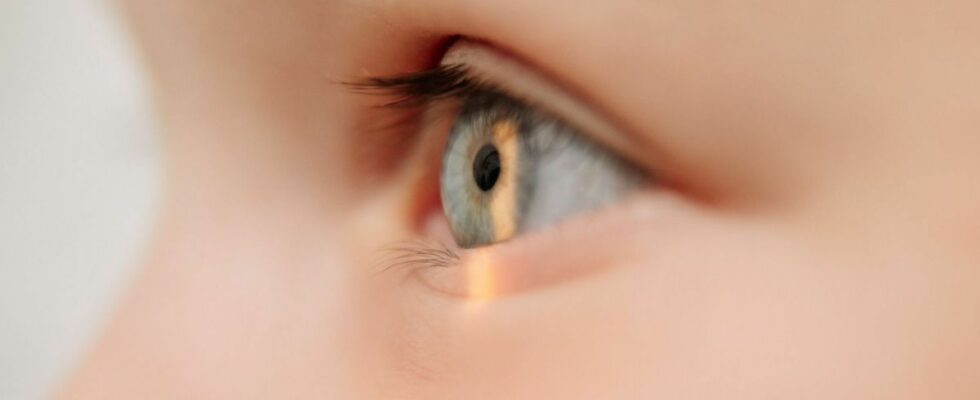Published on
updated on
Reading 2 min.
Light-up toys are everywhere, but our children’s fragile eyes are not safe. Certain LEDs, integrated into stuffed animals in particular, can affect their retina and disrupt their biological rhythms. And the European standard is not protective enough, according to French health authorities.
Faced with the blue light of LEDs integrated into toys, the national agency for food, environmental and occupational health safety (ANSES) is sounding the alarm. Sleep disturbance, risks for the retina, it is time to act.
Bright toys, but not without danger
Soft toys that light up, dolls that flash or luminous drawing tablets, LED toys have invaded children’s toy boxes. However, behind their brightness hides a real problem: the blue light they emit could harm children’s retinas and disrupt their biological rhythms, especially at the end of the day.
“Children whose eyes do not fully filter blue light are particularly susceptible to these risks“, underlines ANSES in a press release. It has been warning of this danger since 2010 and recalls that children, whose eyes filter blue light less well, are particularly vulnerable. And the European standard, updated in 2020, does not enough to protect them.
A standard that sheds little light on security
After examining the new version of the European standard, ANSES declares that “the revised version does not guarantee compliance with the limit values ensuring the protection of children’s eyes“. She discovered that it is less strict than the previous one. Tests carried out on 19 LED toys reveal that with the 2005 standard, eight of these toys could not have been sold due to exceeding safety limits , compared to just one with the 2020 version. In other words, the new standards allow toys that are potentially dangerous for eyesight to pass.
To avoid this, ANSES recommends temporarily returning to the 2005 standard and acting quickly to revise the current regulations. Meanwhile, a tip for parents: limit exposure to these luminous toys two hours before children go to bed so as not to disrupt their sleep.
Revision of the standard in sight?
The stakes are high. ANSES emphasizes the importance of quickly updating the rules to guarantee the eye safety of children and avoid the harmful effects of blue light on their health. The ball is now in the court of European legislators.
